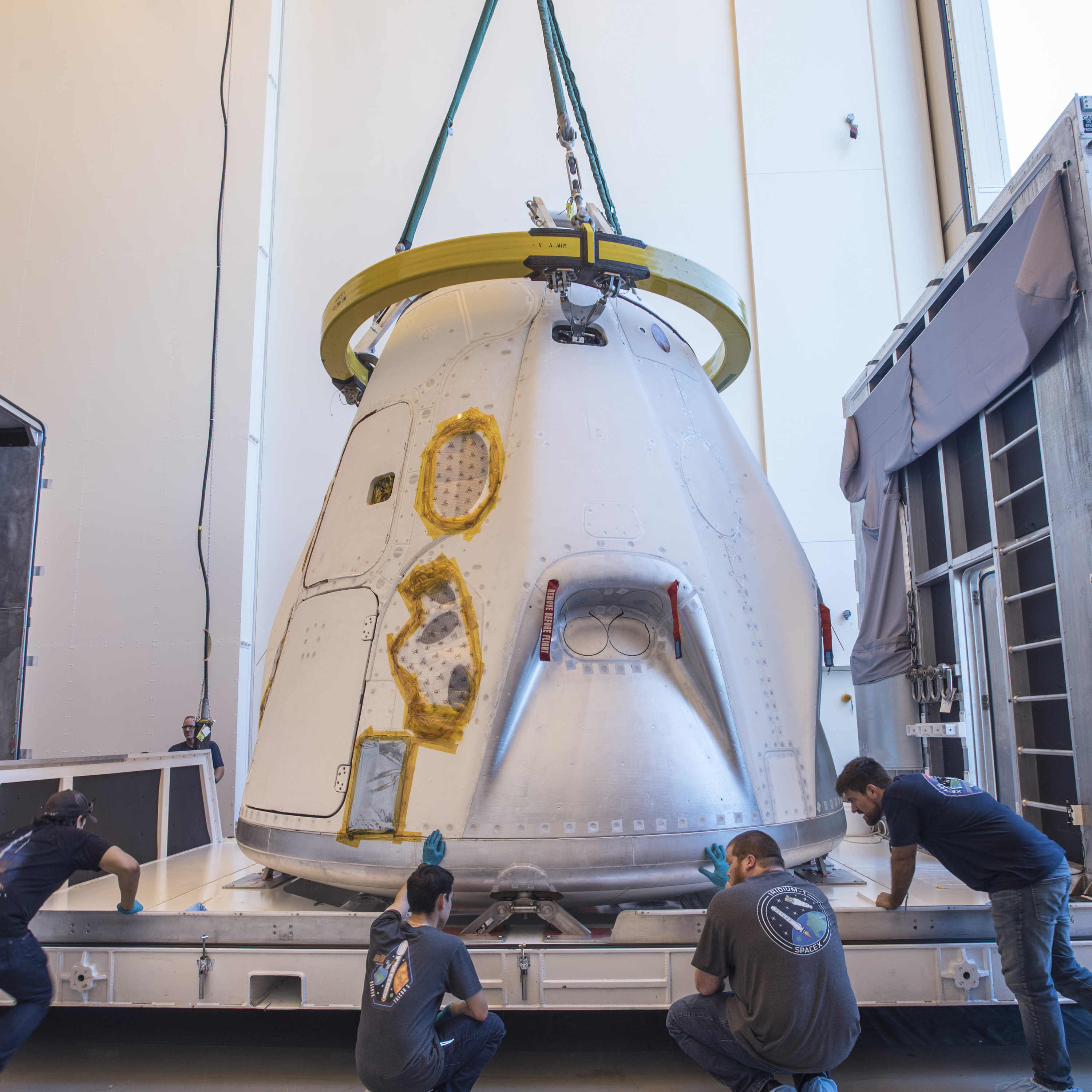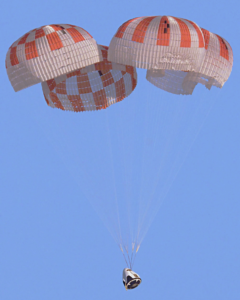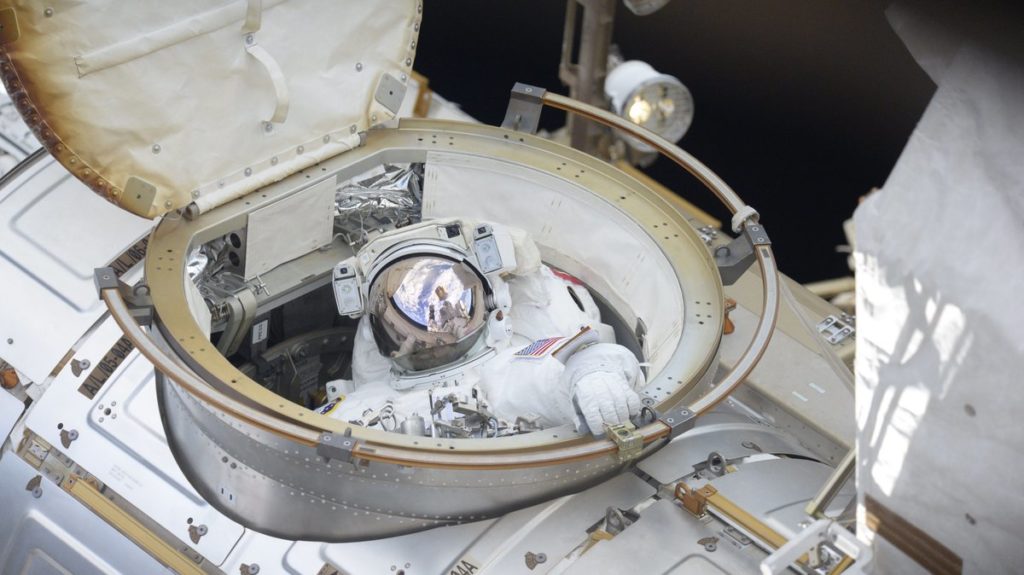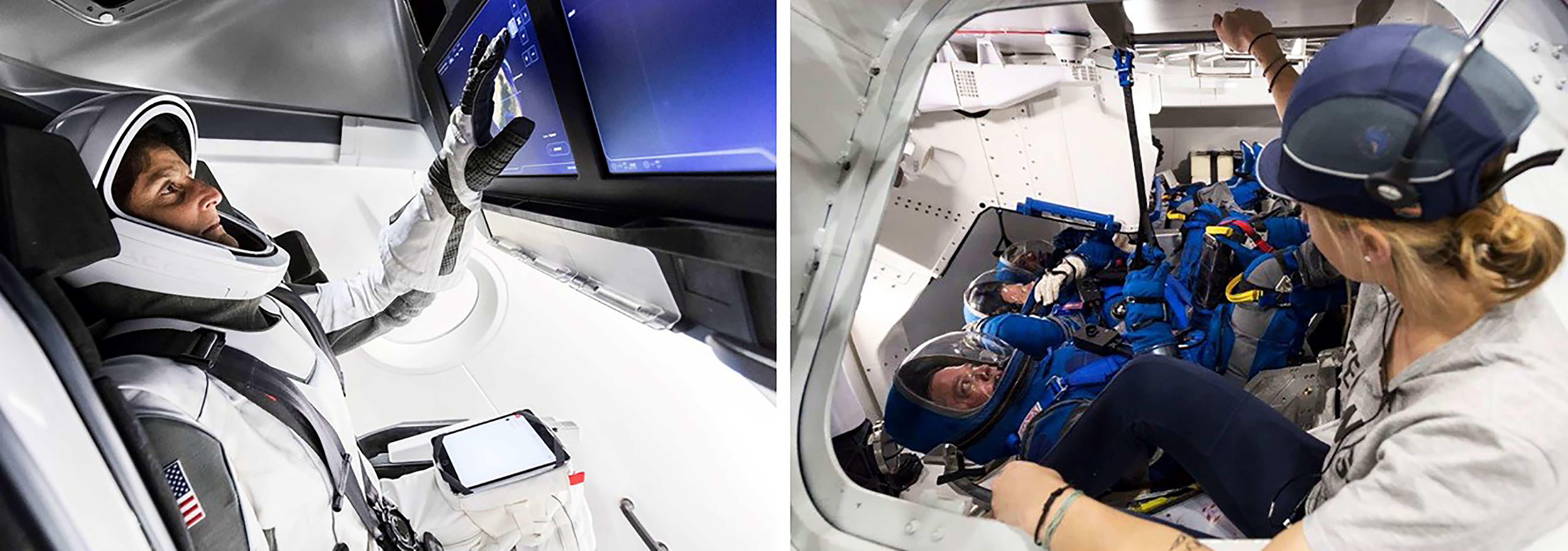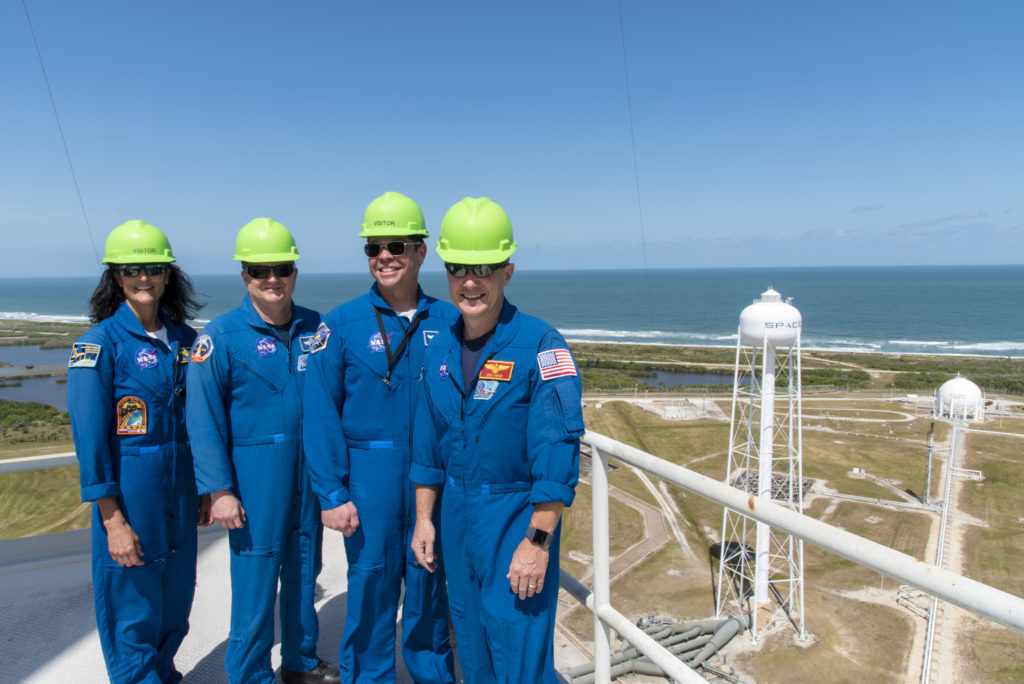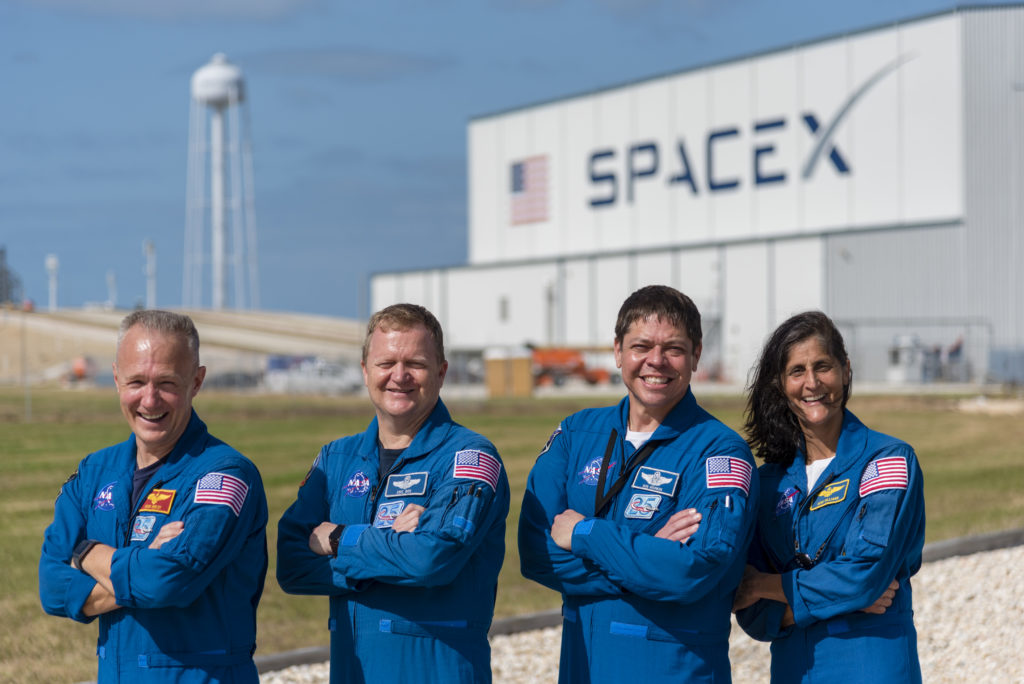 NASA Administrator Jim Bridenstine will participate in the announcement of the astronauts assigned to the first crews aboard the first flight tests and missions of the Boeing CST-100 Starliner and SpaceX Crew Dragon. The event will begin at 10 a.m. CDT Friday, Aug. 3 at the agency’s Johnson Space Center in Houston.
NASA Administrator Jim Bridenstine will participate in the announcement of the astronauts assigned to the first crews aboard the first flight tests and missions of the Boeing CST-100 Starliner and SpaceX Crew Dragon. The event will begin at 10 a.m. CDT Friday, Aug. 3 at the agency’s Johnson Space Center in Houston.
Johnson Space Center Director Mark Geyer and Kennedy Space Center Director Bob Cabana will join Bridenstine to introduce the crews of the first two flights for each spacecraft. Boeing and SpaceX representatives will also participate in the event. The crew assignment event will be broadcast live on NASA Television and the agency’s website.
Learn More: https://go.nasa.gov/2mLohf4

